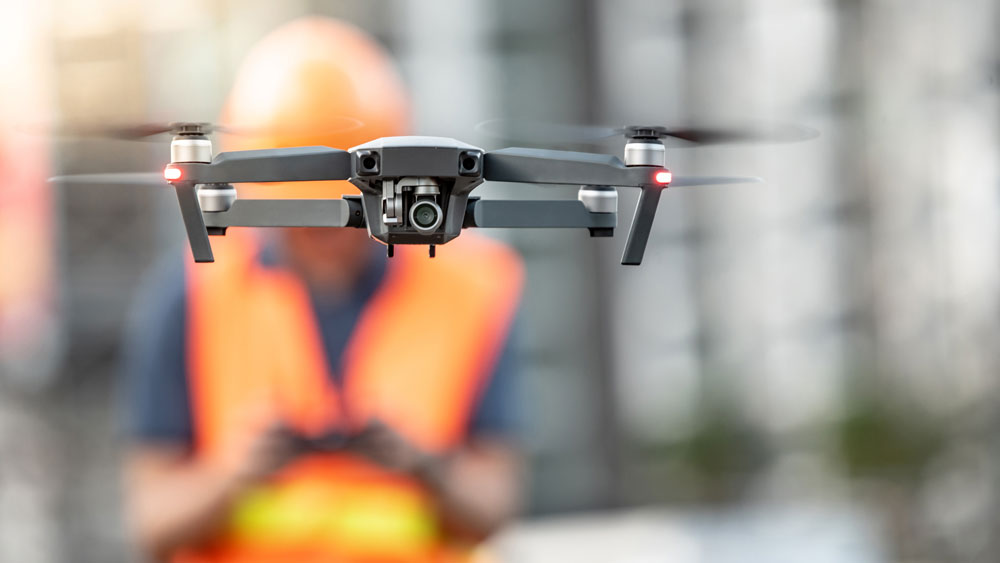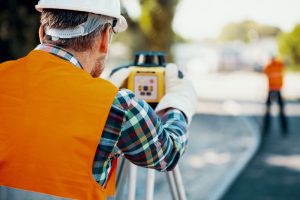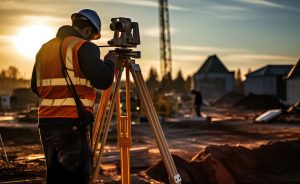Safety is paramount in the rail and civil engineering industries, where workers face myriad hazards on construction sites and along railway lines. With advancements in technology, new tools and techniques are emerging to enhance safety measures, protect workers, and prevent accidents. In this blog post, we’ll explore the pivotal role of technology in promoting safety on rail and civil engineering sites.
Real-time Monitoring Systems
One of the most significant advancements in safety technology is the development of real-time monitoring systems. These systems utilize sensors, cameras, and other monitoring devices to continuously collect data on various aspects of the construction site or railway infrastructure. For example, tilt sensors can detect potential slope failures on embankments, while vibration sensors can alert workers to the presence of nearby trains or heavy machinery.
Real-time monitoring systems provide invaluable insights into site conditions and potential hazards, allowing workers to take immediate action to mitigate risks. By alerting workers to dangers in real time, these systems help prevent accidents and injuries before they occur, ultimately saving lives and protecting valuable infrastructure assets.
Drones for Aerial Surveillance
Drones have become indispensable tools for safety inspections and surveillance on rail and civil engineering sites. Equipped with high-resolution cameras and other sensors, drones can quickly and efficiently survey large areas of land, infrastructure, and construction sites from above. This aerial perspective enables engineers and safety inspectors to identify potential hazards, assess site conditions, and monitor progress without the need for costly and time-consuming manual inspections.
In addition to enhancing safety, drones also improve efficiency by streamlining the inspection process and reducing downtime. By automating routine inspections and collecting data more rapidly than traditional methods, drones help keep workers out of harm’s way while ensuring that infrastructure projects stay on schedule and within budget.
Wearable Technology for Personal Safety
Wearable technology is revolutionizing personal safety for workers on rail and civil engineering sites. From smart helmets to safety vests equipped with sensors, wearable devices are designed to monitor vital signs, detect hazards, and provide real-time alerts to workers and supervisors. For example, smart helmets can detect sudden impacts or falls and automatically send distress signals to nearby workers or emergency responders.
Furthermore, wearable technology can track workers’ movements and behaviours, providing valuable data that can be used to identify safety trends, assess risk factors, and implement targeted safety training programs. By empowering workers with real-time information and support, wearable technology helps create safer and more productive work environments, reducing the likelihood of accidents and injuries.
Building Information Modeling (BIM) for Risk Assessment
Building Information Modeling (BIM) is revolutionizing the way rail and civil engineering projects are planned, designed, and executed. By creating digital representations of physical assets and infrastructure, BIM enables engineers and designers to visualize complex projects in 3D and simulate various scenarios to assess risk factors and identify potential safety hazards.
BIM technology allows stakeholders to identify clashes and conflicts between different elements of a project, such as pipelines, utilities, and structural components, before construction begins. By identifying potential conflicts early in the planning process, BIM helps prevent costly rework and delays, while also minimizing safety risks associated with design flaws or discrepancies.
Virtual Reality (VR) and Augmented Reality (AR) for Training and Simulation
Virtual Reality (VR) and Augmented Reality (AR) technologies are transforming safety training and simulation for workers in the rail and civil engineering industries. By creating immersive and interactive training environments, VR and AR enable workers to practice safety procedures, simulate emergency scenarios, and familiarize themselves with potential hazards in a controlled setting.
VR and AR training programs can replicate real-world conditions and challenges, allowing workers to gain hands-on experience without exposing themselves to actual risks. From navigating construction sites to operating heavy machinery, VR and AR simulations provide valuable training opportunities that help build confidence, improve skills, and enhance safety awareness among workers.
In conclusion, technology plays a pivotal role in enhancing safety on rail and civil engineering sites. From real-time monitoring systems and drones for aerial surveillance to wearable technology and BIM for risk assessment, advancements in technology are empowering workers and stakeholders to identify and mitigate safety hazards more effectively than ever before. By embracing these innovative tools and techniques, the rail and civil engineering industries can create safer work environments, protect valuable assets, and ensure the well-being of workers and communities for generations to come.











